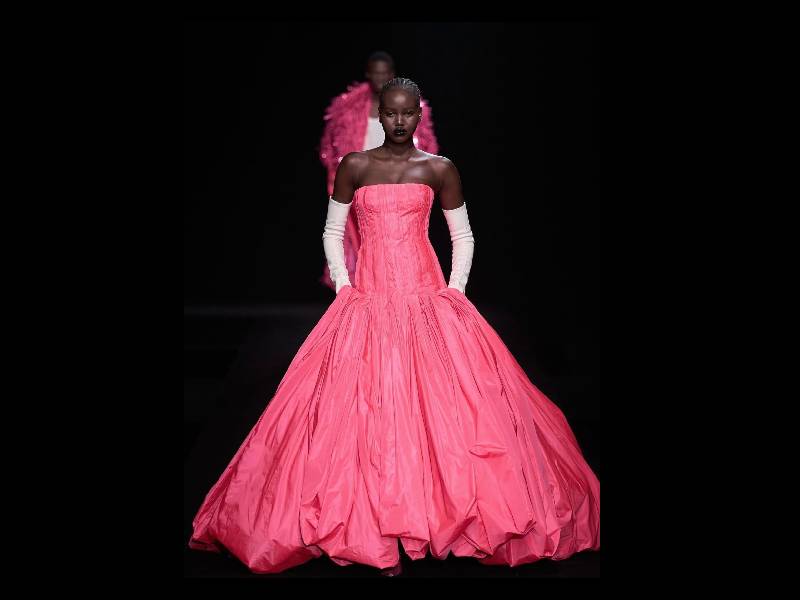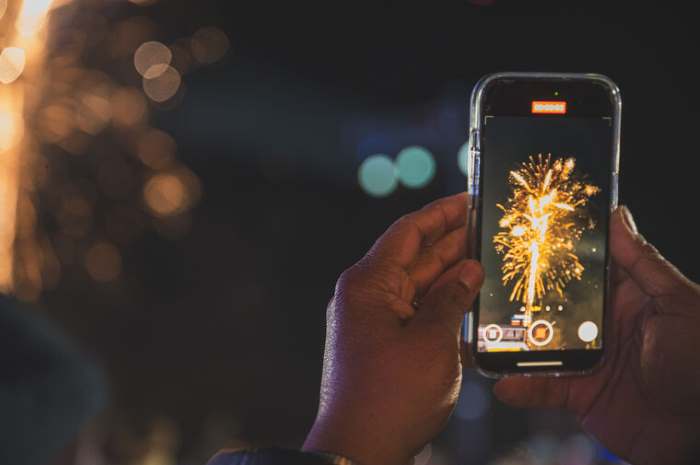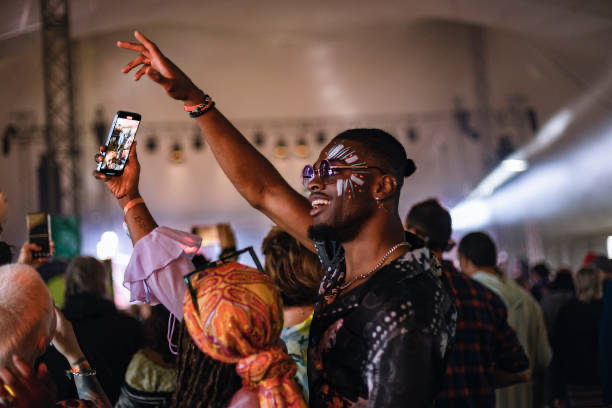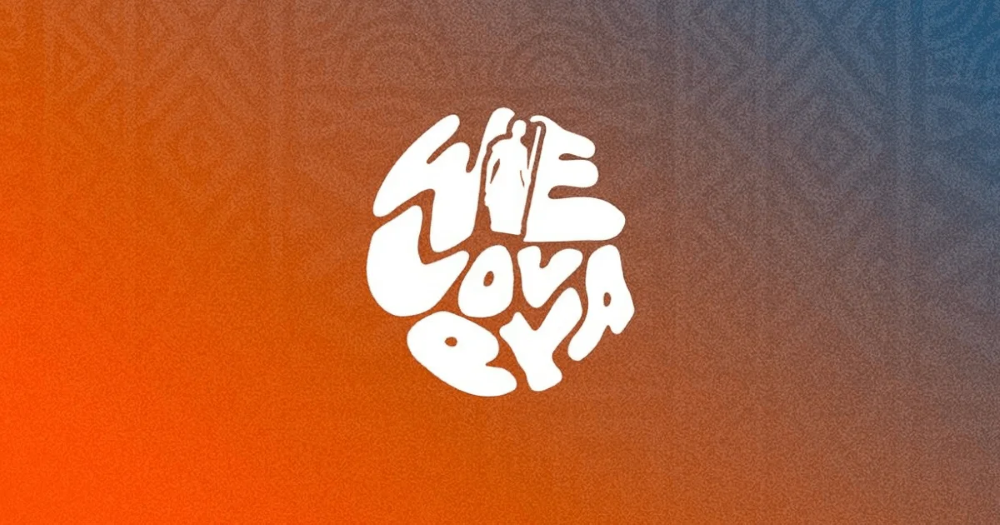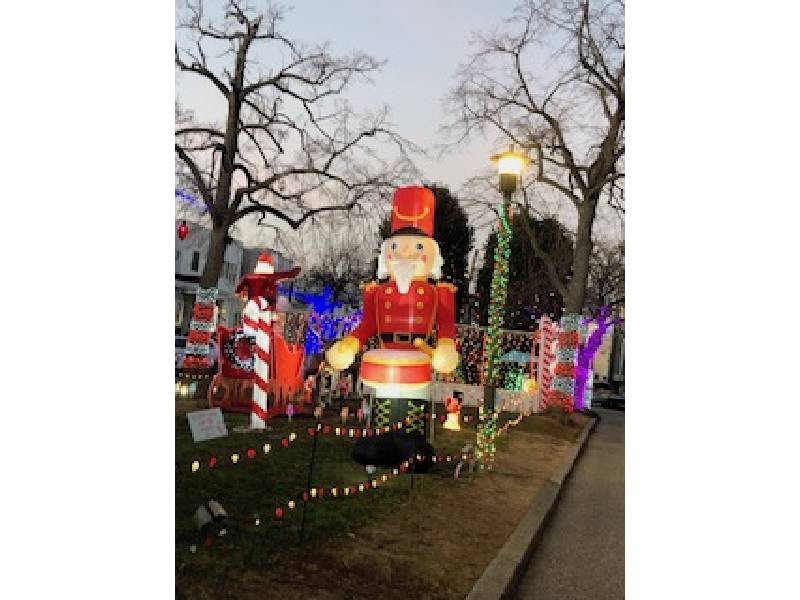Adut Akech on the Haute Couture Show || Photo Credit: via Adut Akech’s Instagram Page
With legs that run forever, skin tone that glistens under the sun, and a bone structure sharper than the world has ever seen, South Sudanese women are, in recent times, some of the most sought-after models in the industry. The world’s youngest country, often associated with war and unrest, is slowly rewriting history with its citizens, leaving a mark all over the world as models.
Adut Akech has graced Time Magazine’s Most Influential list. Anok Yai is a mainstay on the Forbes top model rankings. And in every major fashion week, you’ll find them strutting elegantly and owning the runways like they were made for the spotlight.
But before walking the runways, these models were once refugees running for their lives and scampering for safety in their own homes. South Sudan was in crisis even after earning her independence in 2011. People were dying, and those who didn’t were running. Families got split up, dreams got cut short, and almost everyone who made it out did so by chance. Some were born in the middle of it. And as with every war, some didn’t even make it out at all. Those who ran didn’t always know where they were going, ending up in refugee camps in Kenya, Uganda, and Ethiopia. And some far away in Australia, in America. Rather than in homes, some grew up with barbed wire fences, plastic tents, shared food, and names that no one could pronounce.
But in the middle of all that, in those camps, South Sudanese girls started getting noticed—at church, in school, and the grocery stores, strangers were asking, “have you ever modeled before?”
Escaping the Civil War in Sudan to Britain in 1991, Alek Wek broke into the fashion industry four years later at the age of 18. Mari Malek left Sudan as a child and found her way to New York. For years, she kept trying, booking nothing and being told that she wasn’t the right fit. Then came Lanvin.
Fleeing Sudan to be a refugee in Kenya alongside her family, and then moving to Melbourne, Australia, Ajak Deng started her career in the industry too. She has been one of the faces of Fenty Beauty since 2018. And then more names came. Raised in Melbourne, Duckie Thot bagged her first international catwalk show with Yeezy Spring/Summer show in 2017 and has been a global ambassador for L’Oréal Paris since 2018.
Born in Cairo after her family fled the Sudanese genocide and then moving to the US in 2000, Anok Yai, the second Black supermodel after Naomi Campbell to open a Prada show, was discovered at a university party. Adut Akech was just a kid in a refugee camp in Kenya, and before 20, she was already walking for Chanel.
All these they achieved despite hair stylists not knowing what to do with their hair, extortion from so-called modelling agencies, photographers shying away from having them in front of their cameras, and agencies that weren’t sure if brands would book them at all. The pressure to fit in at the home front was no different. Some families didn’t understand modelling and “liken walking in front of people to prostitution,” said Dawson Deng, who runs South Sudan Fashion Week.
However, these models are of the opinion that it’s their duty to put their growing country on the map and change its war-weary narrative. “But we—models—managed to come up and say: ‘We are a young country. We need to go out there and meet people. We need to do things that everyone else is doing,’” Arop Akol, a South-Sudanese model who now lives in London, tells BBC Africa.
As such, now, when people hear of South Sudan, they not only think of the many years it was plagued by war, but the resilience of its citizens and the women who survived to change the narrative amidst acknowledging that more work still needs to be done to defeat this single story.

